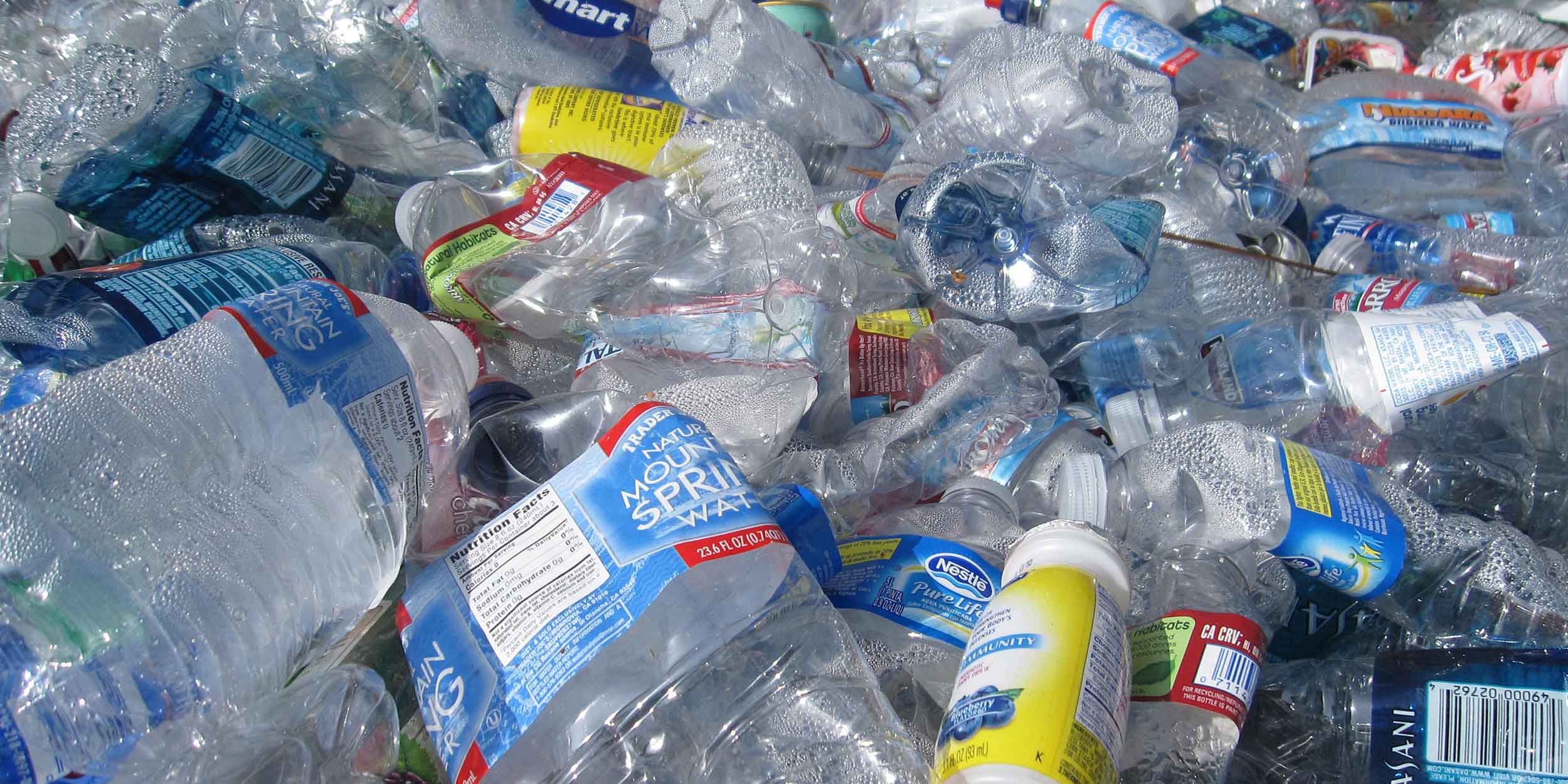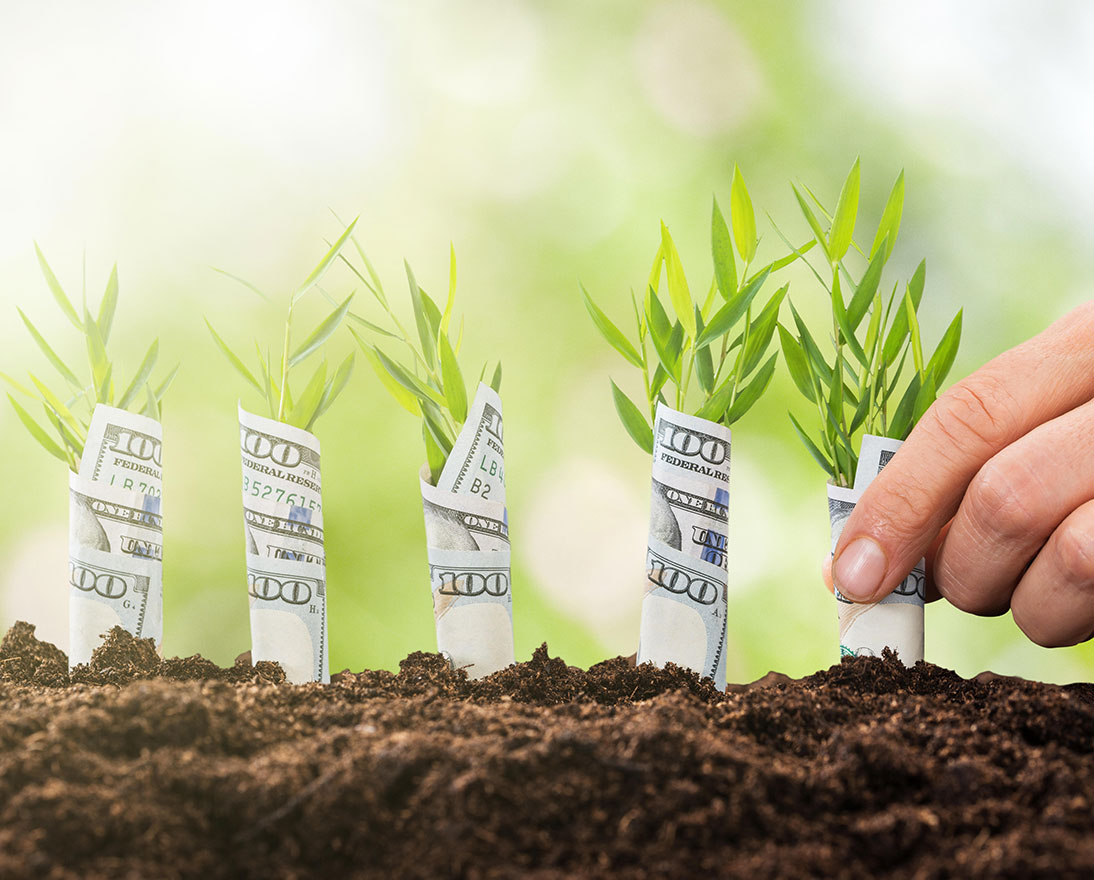What you need to know about plastic waste and how to tackle it
SustainabilityArticleMay 25, 20237 min read
The plastics we use day-to-day are causing environmental problems. Why are plastics so popular, and what can we do to change the way we use plastics in everyday life?
We have a plastic addiction. Every year the world produces 300 million tonnes of plastic waste. Worse still, much of it ends up in the environment. Some 8 million tonnes of plastic floats out to sea every year, and around 90 percent of all the world’s sea birds are estimated to have plastic residue in their guts.
In addition, nearly all plastics are produced from chemicals derived from oil, natural gas and coal, which all contribute to climate change. In fact, if current trends continue, by 2050 the plastic industry could account for 20 percent of the world’s total oil consumption.
Despite knowing the negative impacts, why is it so hard to reverse the trend? There is a reason plastic has become ubiquitous in modern times, and why it’s a habit that will be hard – and in some cases impossible – to break.
The positives of plastic
Plastic has a bad reputation, but for some areas of modern life, it has enabled us to save and improve lives. For instance, plastic has revolutionized medicine and the sciences. About 25 percent of the waste generated by hospitals is plastic, because single-use, disposable plastic equipment reduces the risk of cross-contamination and can even be coated with bacteria-resistant materials for extra protection. In the sciences, too, the properties of plastic – cheap, lightweight, transparent, durable – make it invaluable for equipment that is used in large volumes and in sterile environments.
Plastics have also changed the food industry. Sterile, plastic wrapping has allowed us to store food for longer and more safely, so that fresh food is readily available around the world. This in turn reduces food waste – in the EU alone, around 88 million tonnes of food is discarded, but 1.5g of plastic film wrap can extend a cucumber’s shelf life from three to 14 days.
So, plastic has been key to making the world healthier, better fed and enhanced by scientific discovery. But clearly, that doesn’t mean we should overlook the devastating effects of plastic production and waste.
The single-use plastic menace
The biggest concern is single-use plastic. It’s hard to believe but half of all plastic produced is designed to be used only once – and then thrown away.
“Although plastic is vitally important in the health, science and food sectors, most single-use plastics are just plastics of convenience that can easily be replaced with reusable solutions,” says Anja-Lea Fischer, Head of Operational Sustainability at Zurich Insurance Group. “From shopping bags and water bottles to straws and coffee cups, the volumes of waste generated from single-use plastic are considerable and it is eradicating this plastic use that needs to be our immediate priority.”
Commercial and government pressure is already bringing about change. Many countries around the world, from South Korea to Kenya, have banned single-use plastic shopping bags, and tougher rules are emerging, such as the UK’s plans to ban single-use cutlery.
Can all plastics be recycled?
The alternative to eliminating single-use plastic is to reduce the amount we produce, repurpose what we already have, and recycle products as often as possible before they reach their true end of life.
When it comes to reusing and recycling plastics, not all plastics are equal. Polyethylene terephthalate, or PET, is one of the most easily and commonly recycled plastics. Its properties – transparency, rigidity and non-toxicity – mean it is one of the most widely used plastic materials in the world and well suited for health and hygiene products, like food containers and medical equipment. PET is also widely used as a fiber for clothing under the name ‘Polyester’ in the textile industry.
Other commonly recycled plastics are high density polyethylene (HDPE), which is often used for milk cartoons and shampoo bottles, and polypropylene (PP) that is often used for margarine tubs and ready meal trays due to its high melting point.
Meanwhile polyvinyl chloride, or PVC, though one of the easiest plastics to manufacture, is one of the hardest to recycle. Different forms of PVC contain different additives, and current recycling technology cannot effectively separate out those additives from the original plastic. Other plastics that are difficult to recycle include low density polyethylene (LDPE), which is popular for making food bags, and polystyrene (PS) that is often used to make plastic cutlery.
But as Fischer warns, “just because a plastic can in principle be recycled, it doesn’t mean it will be.” In fact, only 9 percent of all plastic waste ever produced has been recycled with 12 percent incinerated and the remaining 79 percent dumped in landfills or in the natural environment. “Our focus needs to be on eliminating single-use plastics in our lives.”
If you want to help propel this trend, here are five tips to help you reduce single-use plastics and their waste.
1. Start using alternatives
Reusable alternatives to common single-use plastics are proving to be big business, from reusable metal straws to bee’s wax wraps for food storage. These products are only effective if they are genuinely reused over again, but when they are, they can help wean us off single-use plastics.
“In my personal life, I have found that some small considerations can help minimize their use, and often with health benefits,” says Fischer. “Avoiding take-away food ensures we cook at home and my reusable water bottle reminds me to drink more water every day.”
2. Get educated about recycling
At global and local levels, the opportunities for recycling plastic vary as waste and recycling centers have different capabilities and rules for different types of plastic. What is recyclable in one region may go to landfill in another. It means we all need verify what materials can be recycled locally. Apps like RecycleCoach in the U.S. can help identify local recycling centers and provide advice on how to prepare waste for recycling. Knowing what can be recycled, and how, is essential to improving our recycling industry.
3. Shop local
The less distance fresh produce has to travel, the less packaging it requires to stay edible. Where available, farmers’ markets and buying direct from producers can mean avoiding hard to recycle, single-use wrappings. Taking a re-usable shopping bag is an additional help.
4. Support new technologies
New alternatives to plastic could help us restrict our plastic needs to only the most essential uses. Polylactide, or PLA, is one example. It is used as an alternative to PET in plastic cups and bottles but is made from plant sugars without a drop of crude oil. It is biodegradable, but with one caveat: it needs specific conditions, provided at commercial composting centers, to break down fully.
While perhaps not perfect, innovations like PLA take us closer to reducing our reliance on traditional plastics, and you can keep an eye out for these alternatives when you shop.
5. Keep waste clean
One of the biggest challenges in recycling is contamination. 500,000 tonnes of waste is rejected each year in the UK because it is contaminated. A whole truck of potential recycling may be sent to landfill because of unwashed plastic, or soiled nappies.
It’s vital that recycling bins are only used for truly recyclable materials, and that before putting waste in recycling bins, it should be fully cleaned.



